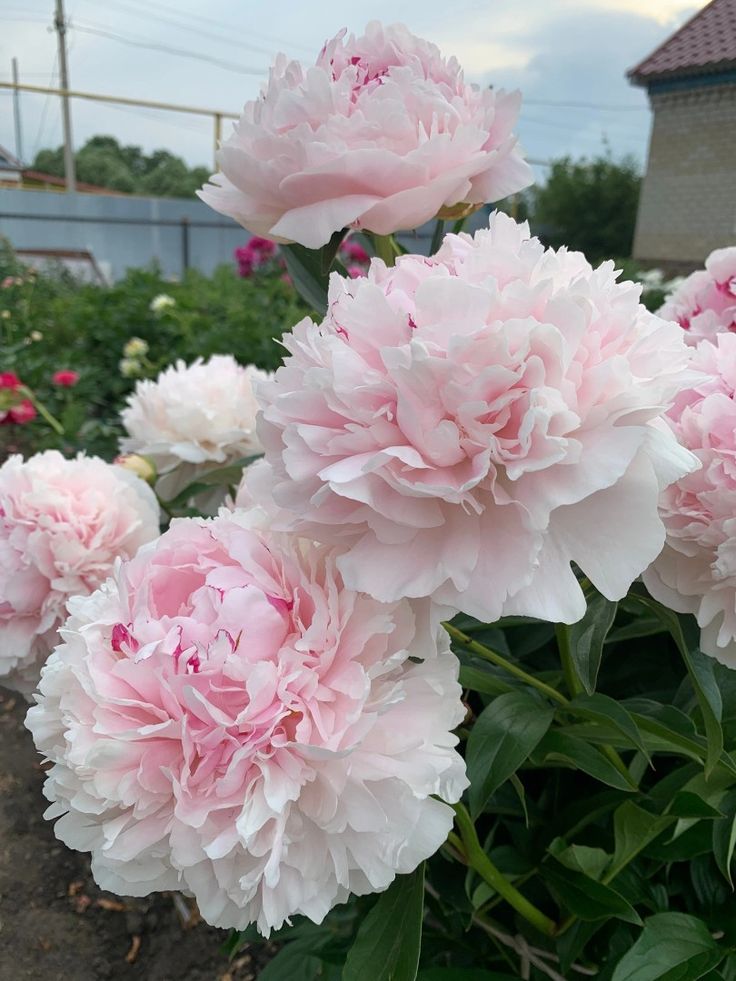Transform your gardening experience and make it accessible to everyone with raised bed gardens. Whether you’re a seasoned gardener looking for a convenient way to grow vegetables or someone with mobility challenges seeking a gardening solution that meets your needs, raised bed gardens offer an ideal solution. In this guide, we’ll explore the benefits of raised bed gardening for accessibility, discuss key considerations for designing and building raised beds, and provide practical tips for creating an inclusive and inviting garden space that everyone can enjoy.












Understanding Raised Bed Gardens
- Accessibility Benefits: Raised bed gardens offer several advantages for individuals with mobility issues or disabilities. By elevating the planting surface, raised beds reduce the need for bending, kneeling, or stooping, making gardening tasks more comfortable and accessible for people of all ages and abilities.
- Improved Drainage and Soil Quality: Raised beds provide better drainage and soil aeration compared to traditional garden beds, resulting in healthier plants and higher yields. The elevated design also allows for easier soil amendment and maintenance, ensuring optimal growing conditions for your plants.
Designing Your Raised Bed Garden
- Size and Height: When designing raised beds for accessibility, consider the dimensions and height of the beds to accommodate wheelchair users and individuals with limited mobility. Opt for beds that are at least 2 feet wide to allow for easy reach and maintenance from both sides.
- Accessibility Features: Incorporate features such as wide pathways, raised edges, and sturdy handrails to facilitate navigation and support for gardeners with mobility challenges. Install raised beds at a comfortable height, typically between 24 to 36 inches tall, to minimize bending and strain during planting and harvesting.
Building Your Raised Bed Garden
- Materials: Choose durable and weather-resistant materials for constructing raised beds, such as untreated cedar, composite lumber, or galvanized steel. Avoid pressure-treated wood, which may contain harmful chemicals that can leach into the soil over time.
- Assembly: Assemble raised beds using sturdy hardware or joinery techniques to ensure stability and longevity. Consider using corner braces or metal brackets to reinforce the corners and prevent bowing or shifting over time.
Filling and Planting Your Raised Beds
- Soil Mix: Fill raised beds with a well-draining, nutrient-rich soil mix tailored to the specific needs of your plants. Incorporate compost, aged manure, and organic amendments to improve soil fertility and structure.
- Plant Selection: Choose a variety of plants suited to your growing conditions and gardening goals, including vegetables, herbs, flowers, and ornamentals. Consider companion planting and succession planting to maximize space and productivity in your raised bed garden.
Maintaining Your Raised Bed Garden
- Watering and Mulching: Water raised beds regularly to keep the soil evenly moist, especially during hot and dry weather. Apply organic mulch, such as straw or shredded leaves, to conserve moisture, suppress weeds, and regulate soil temperature.
- Weeding and Pruning: Monitor raised beds for weeds, pests, and diseases, and take prompt action to address any issues. Practice regular weeding, pruning, and crop rotation to maintain plant health and prevent the spread of pests and diseases.
Conclusion
By building raised bed gardens with accessibility in mind, you can create an inclusive and welcoming garden space that empowers everyone to enjoy the benefits of gardening. With thoughtful design, careful planning, and proper maintenance, raised bed gardens offer a practical and sustainable solution for individuals with mobility challenges and provide a platform for cultivating beauty, bounty, and joy in the garden. So roll up your sleeves, gather your materials, and embark on a journey of accessible gardening—it’s a rewarding and enriching experience for gardeners of all abilities.




